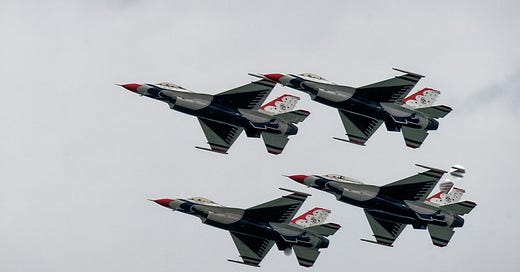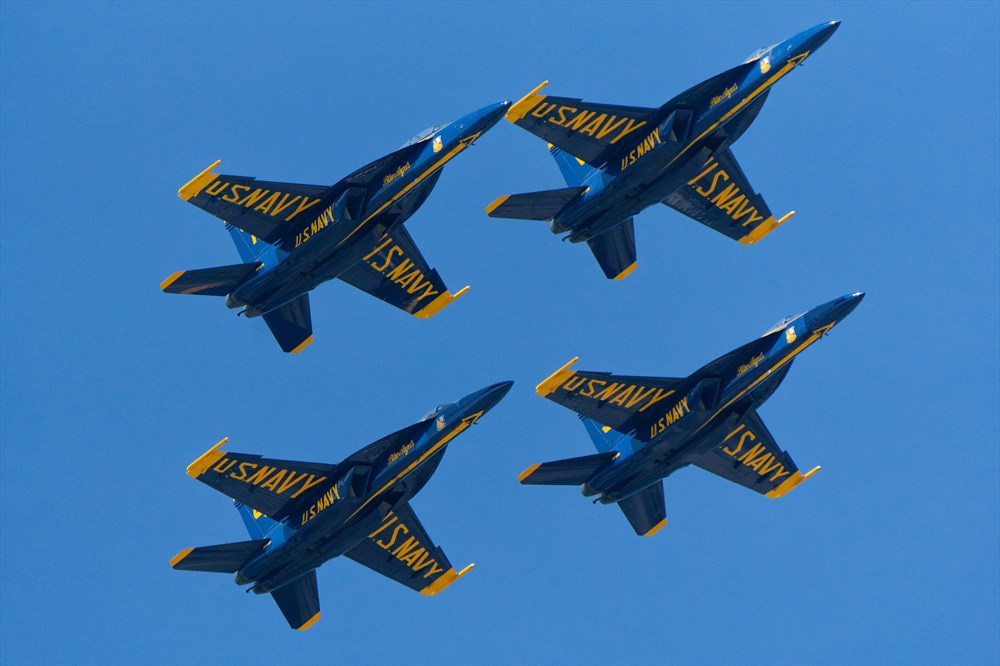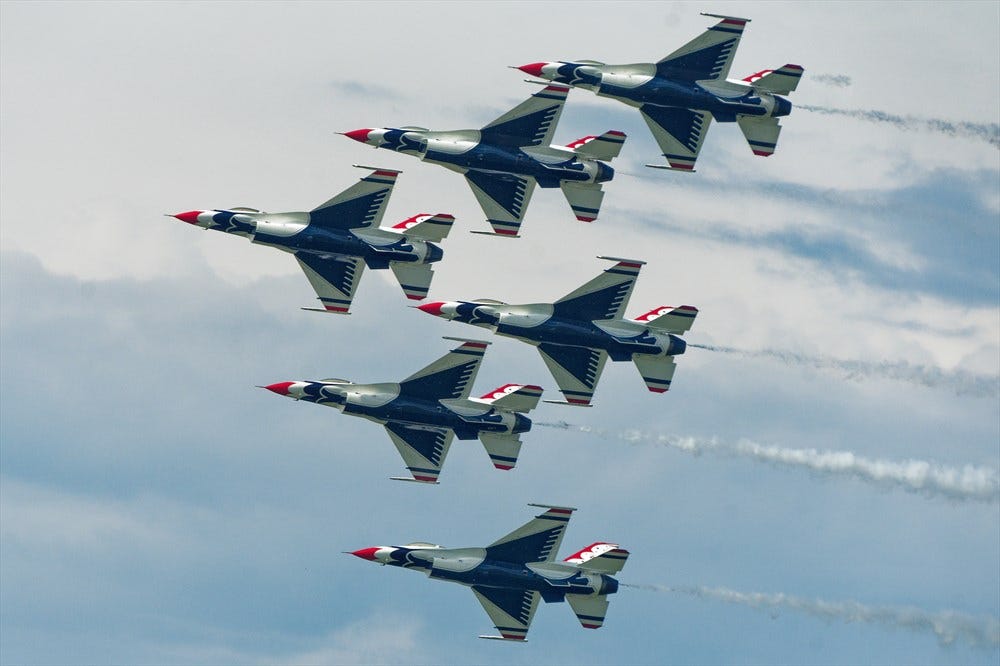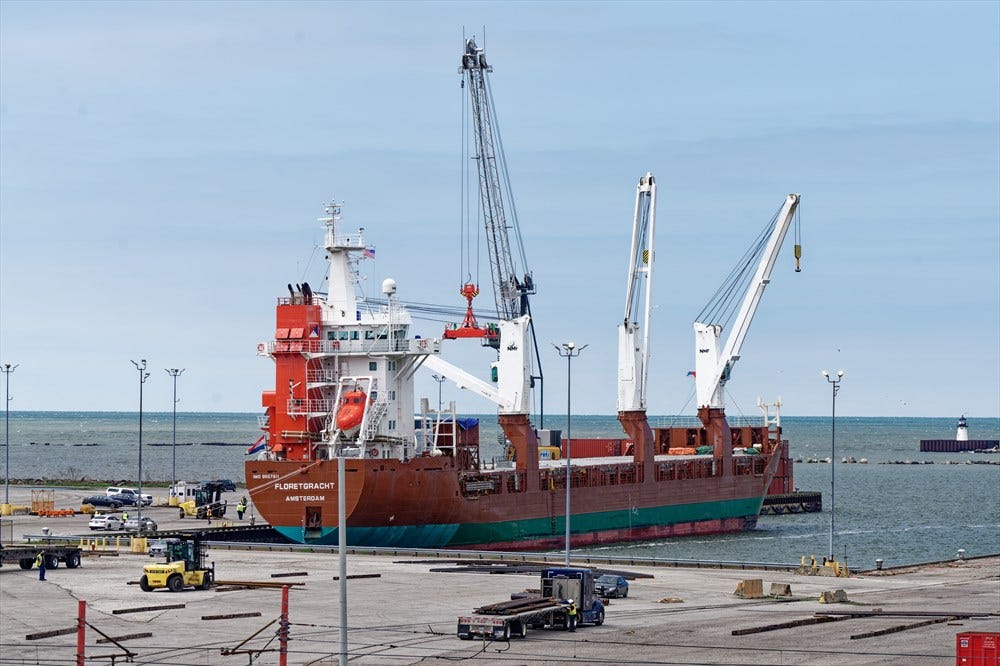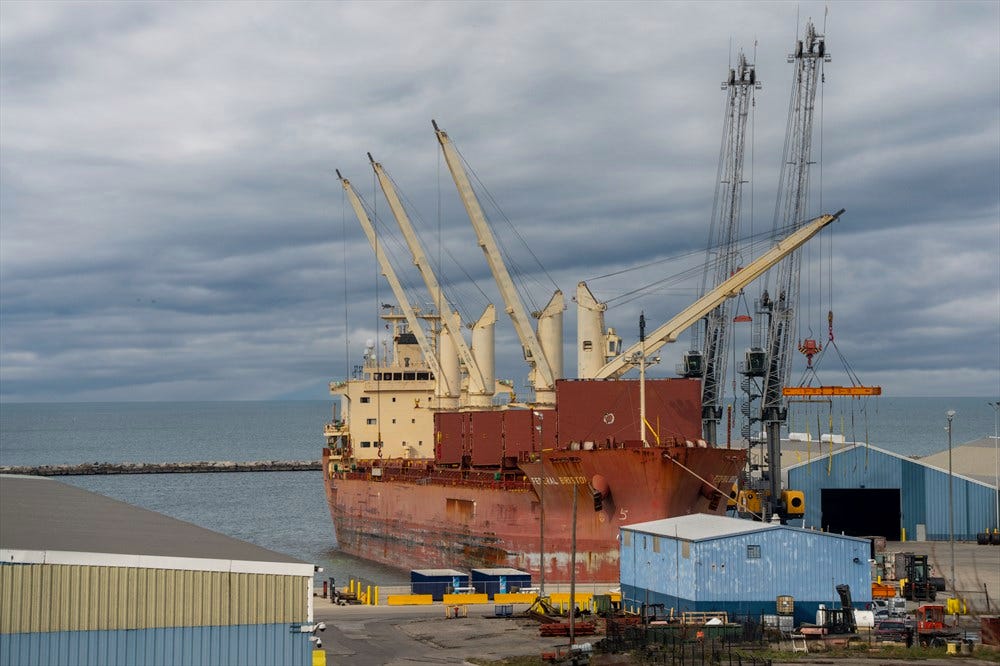For a comprehensive review of this lens, check out Dustin Abbot’s full review. I’m going to compare it to my favorite Sony A-mount lens, the 70–400 mm F4–5.6 G SSM II. I’ll also look at how it performs on an APS-C camera, the Sony A6700.
I made the transition from Sony A-mount to Sony E-mount. I could have held onto my best A-mount lenses, because they worked very well on E-mount cameras using the LA-EA5 adapter. But, I decided to go native and sold all my A-mount kit while there was still a market for it. The Tamron 50-400mm replaced my 70-400mm, and I expected it to match or beat the older Sony across the board.
The Tamron cost $1,381 while the equivalent Sony E-mount lens, the Sony FE 100-400mm F4.5–5.6 GM OSS, is $2,398. The 70-400mm cost $2k a decade ago. These lenses weigh 2.5lb (1155g), 3.3lb (2500g), and 3lb (1395g) respectively.
I mostly use these zooms for wild-life, sports, and panoramas. I often use them as walk-around lenses because you can capture such a wide range of subjects — a butterfly on a flower, a buck in a field of flowers, or a ship coming into port — without changing lenses. The lower end of the zoom range adds extra value to the 70-400 over its Sony E-mount replacement, the 100-400mm. The Tamron extends the range even further at 50mm. which gives it an 8x zoom range. If such a lens performs well across the whole zoom range, then you don’t need a zoom that goes past 50mm. Get a 35mm prime and you are pretty well equipped to tackle a wide range of subjects. The good news is that the Tamron, like the 70-400mm, performs well across the zoom range.
I tested it on my Sony A7CR at maximum aperture mounted on a tripod by taking a shot at each of the marked focal lengths on the zoom ring, i.e. 50mm, 70mm, 100mm, 135mm, 200m, 300mm, and 400mm. Between 135mm and 200mm, the aperture changed from f/5.6 to f/6.3. At all focal lengths, the center was sharp. At the low-end (50-70mm) and at the high-end (300-400mm), the corners were a little soft. Stopping down to f/8 would ensure sharpness across the frame through the whole zoom range. I don’t have the 70-400mm any more, so I can’t test it the same way.
For smaller fry, the minimum focus distance at 400mm is very important, as I found out with my short-lived fling with the Sony FE 200-600mm. The Tamron lets you get to within 2” (5cm) of the front element at 50mm and 47” (120cm) at 400mm. There is a caveat at 50mm - only the center of the image is in focus. Still, that is pretty impressive. The minimum focus distance of the 70-400 is quoted at 59” (1500mm), which I’m guessing is at 400mm and comparable to the Tamron. For the 100-400, the minimum focus distance is better at 38” (980mm).
If you come across a situation where 50mm is not wide enough, you can hold the camera in portrait orientation, set the drive mode to “Continuous Low”, and pan the subject. When you get home, you can select some of the photos with 10-20% overlap and create a panorama by using Photoshop, Lightroom, or specialized software to stitch the photos together. This is where having 50mm is so much better than having the zoom range stop at 100mm.
The Tamron 50-400mm is a sharp versatile lens that opens up new possibilities, especially for photographers who want a do-it-all lens for almost everything. It works great on full frame cameras and is a beast on APS-C cameras. It is better than my old 70-400mm G ii and has the added bonus of a very usable 50mm focal length.
Here are a few shots taken with the the Tamron and its predecessor, the Sony 70-400mm A-mount. They have been resized to 1000px wide so you can’t really check sharpness. In all cases, the images are sharp across the frame. The panoramas were resized to 1500px wide.

